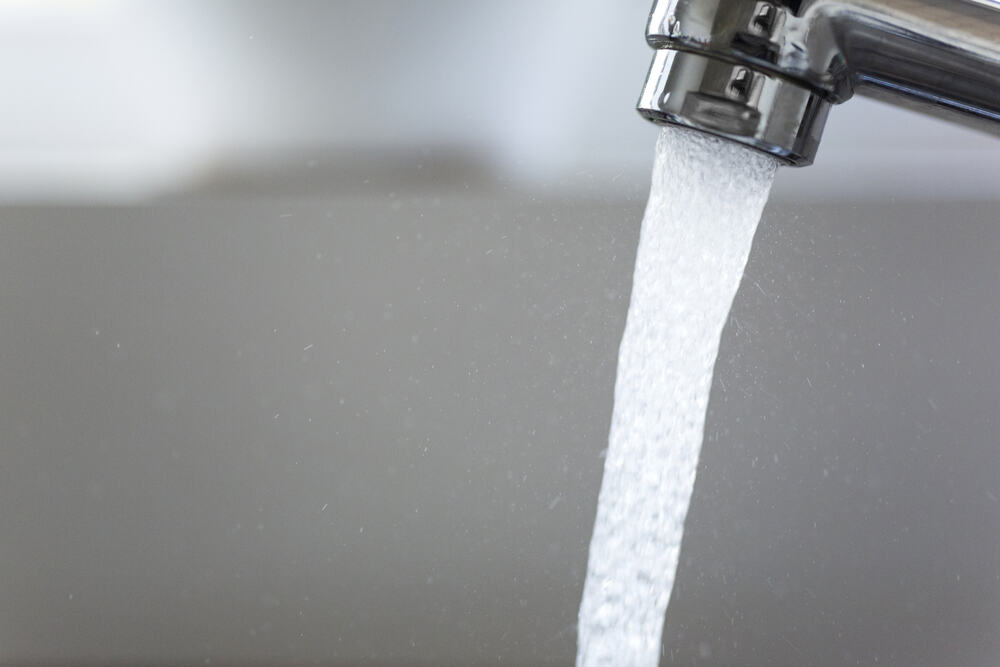Pitfalls of Industrial Sinks for Handwashing
Many manufacturing companies choose industrial sinks for handwashing practices at their organization because they are low cost and a familiar system to all employees. While there are many different types of hand hygiene methods, those that are more manual like industrial sinks, have significant pitfalls that can lead to ineffective pathogen reduction and increased contamination risk, including:
Industrial Sinks are Unreliable and Inconsistent in Pathogen Removal
 The main pitfall of industrial sinks is that they are dependent on human behavior. Because humans are prone to variability and error, this can mean that hands are not washed the correct way every single time, leading to unreliable and inconsistent pathogen removal. No matter how stringent a company’s handwashing procedures and sanitation standard operating procedures (SSOPs) are, when a facility uses a manual method like an industrial sink it can result in poor hand hygiene.
The main pitfall of industrial sinks is that they are dependent on human behavior. Because humans are prone to variability and error, this can mean that hands are not washed the correct way every single time, leading to unreliable and inconsistent pathogen removal. No matter how stringent a company’s handwashing procedures and sanitation standard operating procedures (SSOPs) are, when a facility uses a manual method like an industrial sink it can result in poor hand hygiene.
Download free handwashing posters here to communicate proper handwashing steps!
Industrial Sinks Don't Have Automated Compliance Tracking
Another downfall of industrial sinks are that they do not have an automated way to track hand hygiene events. When using an industrial sink, a QA/QC or team leader needs to "police the behavior" or watch all production team members to see that they are completing a full 20-second handwashing event to ensure pathogen removal. Not only is this inconvenient but it is also unreliable as it is impossible to watch every team member as large shifts go through the handwashing process to make sure it is done correctly.
Water Can Be Wasted Using an Industrial Sink
 During a manual hand wash using an industrial sink, the vast majority of water used is not even touching an employee's hands. Team members will spend the majority of the handwashing process building lather and scrubbing hands together. During that time, if the industrial sink faucet is still on, that water will just run down the drain causing significant waste.
During a manual hand wash using an industrial sink, the vast majority of water used is not even touching an employee's hands. Team members will spend the majority of the handwashing process building lather and scrubbing hands together. During that time, if the industrial sink faucet is still on, that water will just run down the drain causing significant waste.
Cross-Contamination Points are Present on Industrial Sinks
Most industrial sinks use manual faucets that need to be turned off and on by the user. While common, unfortunately these faucets are significant cross-contamination points. If users wash their hands, turn off the faucet and then go dry their hands, essentially they are just putting the pathogens they just washed off back on their hands by touching a dirty faucet handle. If industrial sinks with manual faucets are used, we recommend the use of single use paper towels as the primary hand drying method so that users can dry their hands and then use that paper towel to turn off the faucet.
Discover the pros and cons of other handwashing methods in our Hand Hygiene Ebook!
Ensuring Hand Hygiene with Industrial Automated Handwashing Stations
 Automated handwashing stations address all the pitfalls of manual industrials sinks mentioned above. CleanTech® automated handwashing stations:
Automated handwashing stations address all the pitfalls of manual industrials sinks mentioned above. CleanTech® automated handwashing stations:
- Remove the variability of human behavior through an automated handwashing process
- Have no cross-contamination touch points
- Monitor the solution levels automatically
- Track hand washes with a resettable shift counter
- Don't waste water - all water used touches the hands
- Provide a shorter and consistent 12-second handwash cycle
Learn about CleanTech® Automated Handwashing Stations in this video!






